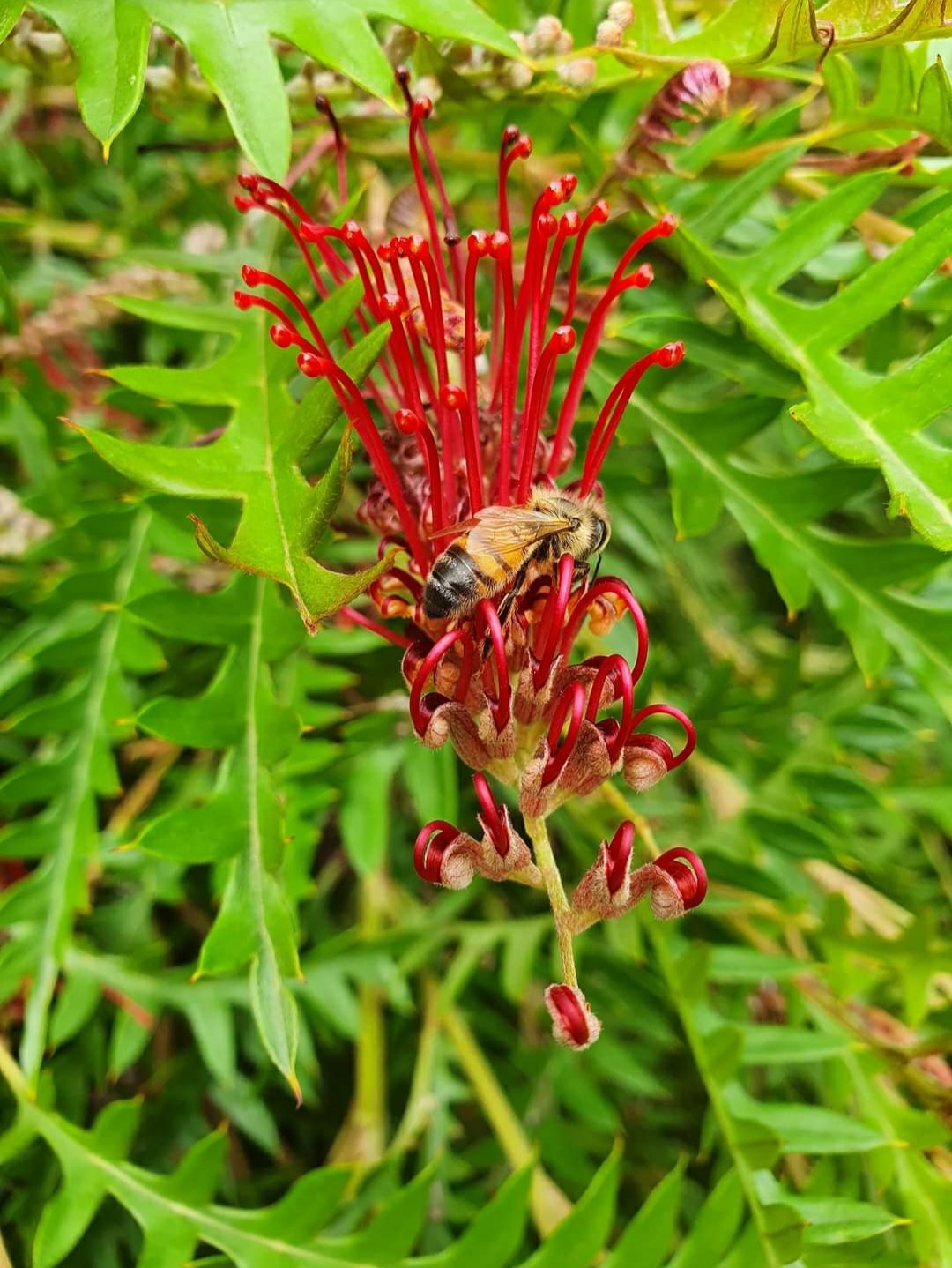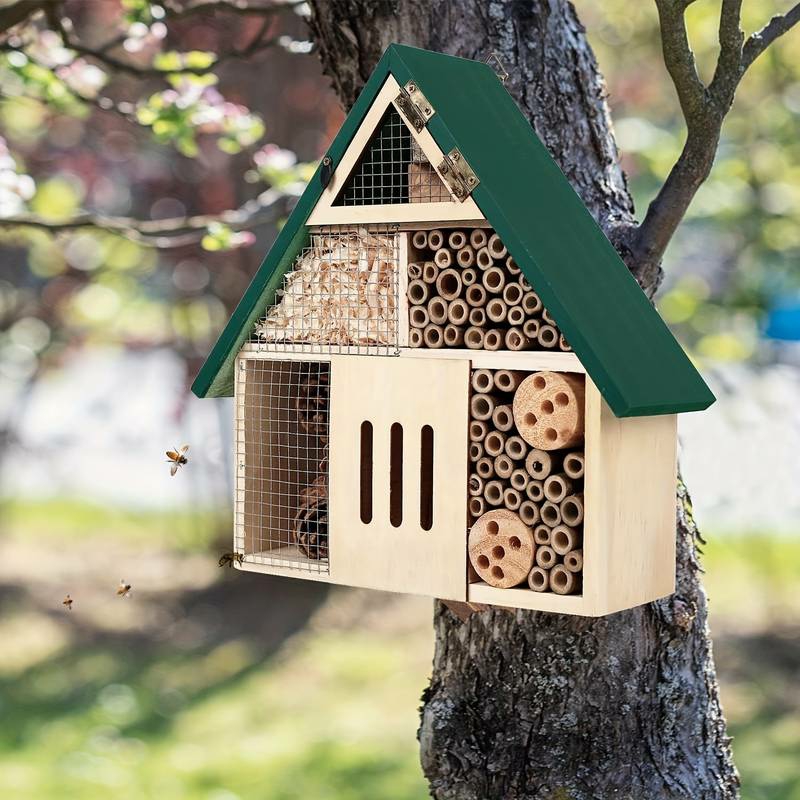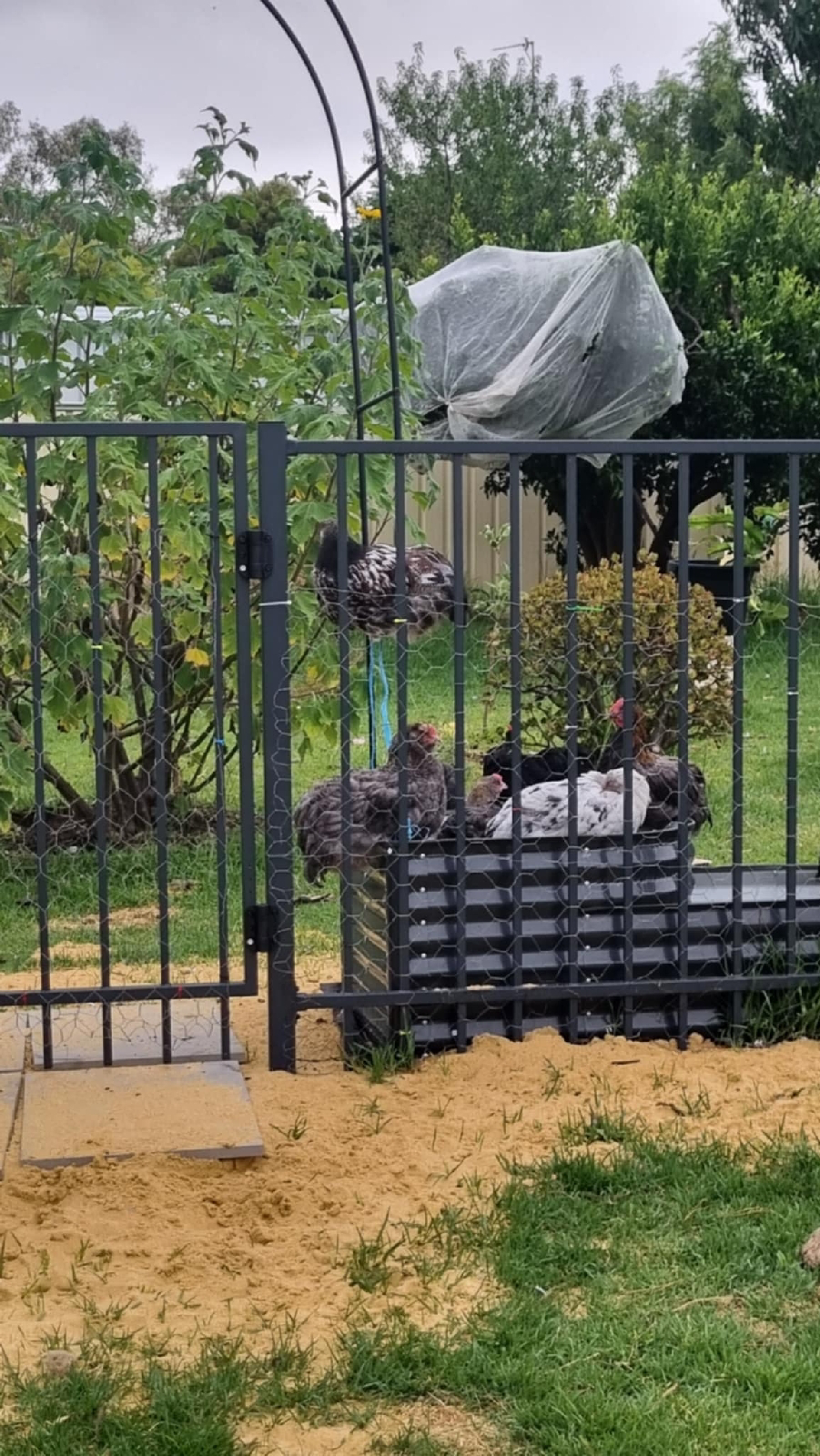3 Simple Ways To Attract Bees To Your Garden
Bees are a vital and integral part of life as we know it.
1 out of every 3 mouthfuls of food we eat depends on the bee, and without them, you can kiss goodbye to your morning brew.
You can also say adios to avocados, almonds, onions and sunflowers, all of which are solely reliant on bees for pollination, and there are many more foods that benefit dramatically from insect pollination.
But this is a serious topic for another day!
How do we get these tiny ladies into our gardens and how can we help with our harsh climate!!
Its simple. Food, water and shelter!
Just like you and I, bees need water to survive, and in our scorching Australian sun this can be hard to find, but there are easy, and inexpensive ways we can help.
1. A bird bath, with some pebbles or rocks, even old clean corks, to ensure the bees don't accidentally fall and.. well...
2. Make your own bee watering station.
I've made a couple over the years, I simply get a terracotta pot and saucer, upturn the pot and place the saucer on top.
I usually paint and seal mine (ensuring the sealer is safe) and use them as art at the same time!
I'll be making another one shortly and using it to give my skinks somewhere to hide too!
3. Place saucers with pebbles or rocks around your yard. (Similar to the bird bath)
4. Buy a watering station.
Lots of beekeepers use these and often fill with sugar water in hard times. You can also use your old dog gravity waterers, they look extremely similar, just larger.
Bees also need food, specifically, pollen and nectar. They will gather this in preparation for those hard winter months, and create that golden elixir... HONEY!
There are sooooooo many different things we can plant to help these foraging ladies (the workers visiting your flowers are always female), and there is something to suit every garden. It is always best to try plant a mixture, and in clusters to ensure there's as much food year round as possible.
Here is a list of 8 plants I've found to attract bees best over the years.
. Basil
. Sunflowers
. Lavender
. Grevillea
. Eucalyptus
. Geraldton wax
. Bottlebrush
. Rosemary
Pollen is, in lamens terms, a fine sticky powder produced by flowers for reproduction. Where as nectar is a sugary fluid secreted by flowers to attract bugs for pollination.
There is a difference however, between the plants that honey bees will forage from, and the plants native bees like.
Honey bees are not fussy, they will 'eat' anything, if its there , they will give it a go. Native bees on the other hand, lots of them are fussy, just like your toddler! They will only eat certain things. So its important that if you have specific bees you want to feed, or attract, to cater to their tiny needs.
Lastly. Shelter. Just like you and I they need somewhere to sleep, roost (males) and reproduce. Be careful! A lot of people look at the insect/ bee hotels they see in stores like Bunnings, or Mitre 10 and whack them around the place. Please don't. You need to be careful if you buy a pre-made bee hotel as lots of the times they are:
. Made over seas and fumigated to enter the country
. Made with non-suitable and toxic materials
. Tubes and holes are unsuitable for native bees
. Not deep enough for nesting
This usually results in more harm than good unfortunately.
Avoid insect hotels similar to the above, although these ones have bamboo, they are not deep enough for bees to nest, you need something about 10cm deep if not longer. This allows for more young to be reproduced, as, there will be a greater quantity laid, better gender ratios, and less chance of all being infected by things like parasitic wasps.
Also, it is more than likely, the large slit/holes are not going to be used by anything than spiders.
Blocks of wood are good, soft or hardwood, drilled with a variety of sized holes (2mm to 10mm) to a depth of about 10cm. And, as I learned from Dr Kit Prendergast at the garden festival this year, 4mm and 7mm holes are most ideal. She has a great resource if you would like to learn more - Creating a Haven for Native Bees.
So what should we be doing?
Honestly give it a go at building your own. They can be as simple or elaborate as you like, and don't have to cost the earth!
Materials you can include are:
. Bamboo (cut into 10cm lengths, variety of sized holes.)
. Pieces of natural, untreated hardwood (assorted holes drilled)
. Pieces of natural, untreated softwood (drilled or not)
. Natural seed pods; banksia cones, gumnuts etc.
. Cardboard/ rolled paper tubes
. Pithy stems; lantana, buddleja etc.
. Mudbrick ( with holes/ indentations)
Remember to avoid glues, simply pack it all in as tight as you can, or, use nails and screws.
They can be big or small, one or many, the limit is your imagination!
But if this doesn't sound like your cup of tea, never fear! Check out your local markets, someone in your area is likely taking the time to build them for you, and you can support a local business.
There. Simple.
Reductions in pesticide use will also go a long way to welcoming these beautiful ladies and gents into your garden too.














Comments
Post a Comment